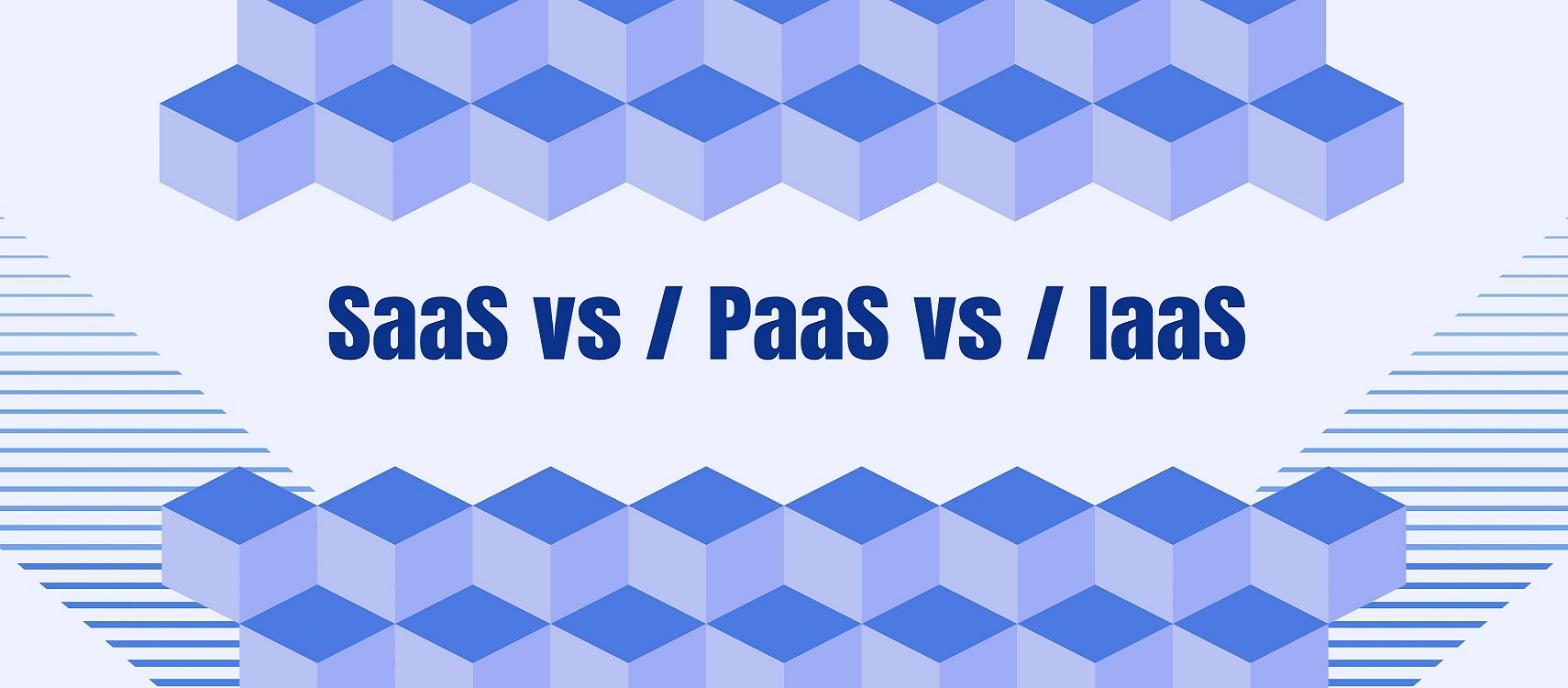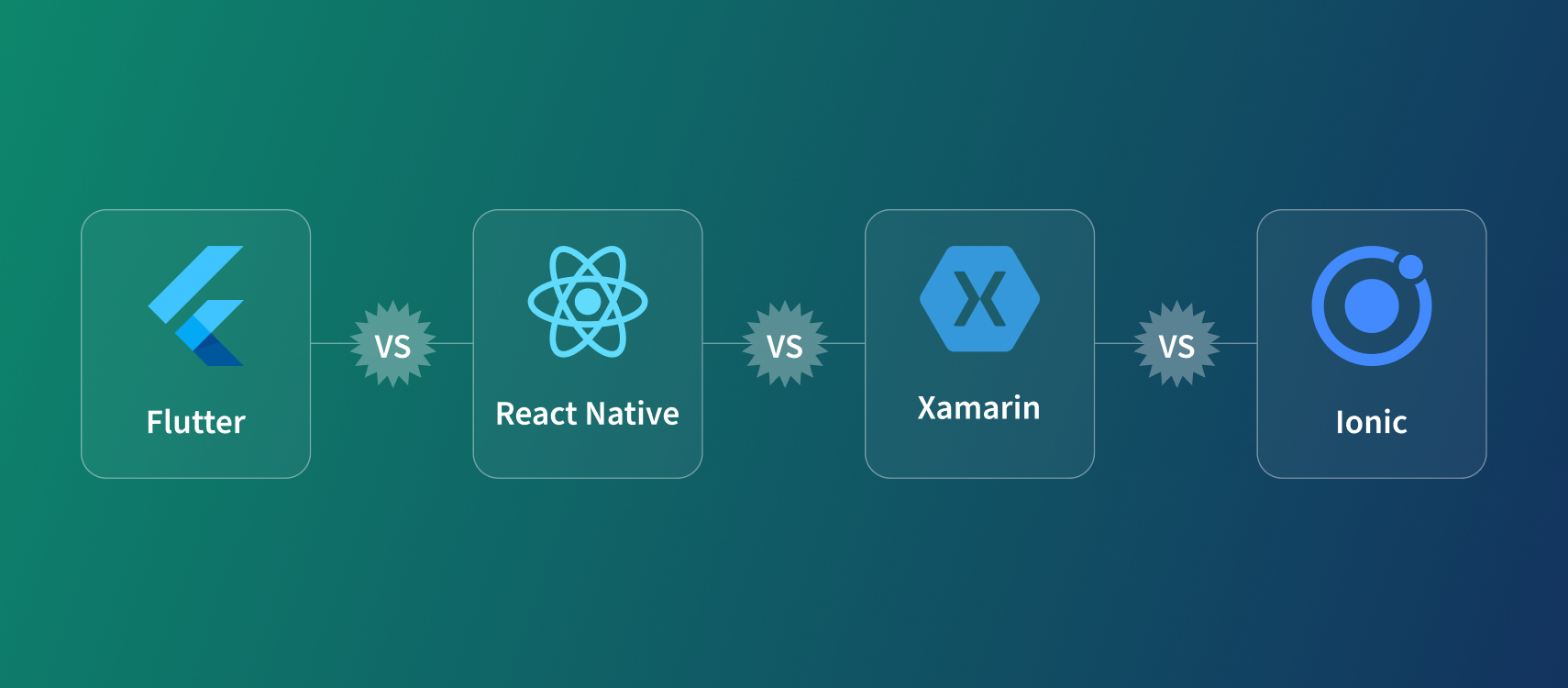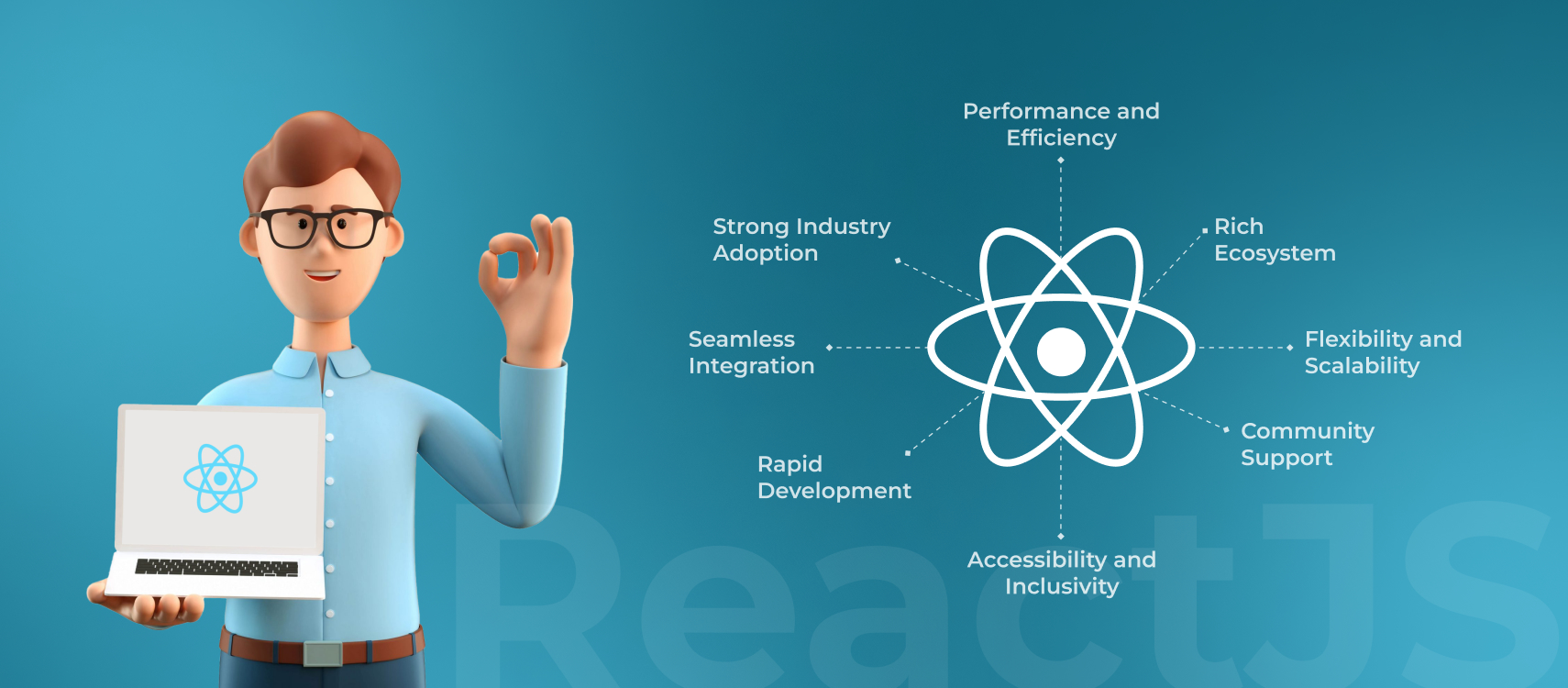Table of Contents
- What is SaaS
- What is PaaS
- What is IaaS
- SaaS vs. PaaS vs. IaaS
- Use Case Scenarios
- Pros and Cons
- Pick a Model for Your Business
- Cloud Service Models
- Final Thoughts
Cloud computing has quickly become the foundation of businesses’ digital architecture, enabling businesses to scale, innovate and adapt faster than ever. From the applications you’ve hosted to the data you’ve stored, cloud services enable you to manage whatever you need, yourself, whenever you want. Service models are important as organizations elsewhere move from on-premises to cloud.
There are three high-level models, SaaS, PaaS and IaaS, which cover specific needs and provide different levels of control, flexibility and management. SaaS delivers fully functional software applications over the internet, PaaS provides a cloud-based environment to help developers build custom applications, and IaaS offers virtualized computing resources over the internet, including servers and storage.
This post sets out to explain the differences between these 3 models, demonstrate their real-life applications, and discuss some advantages and disadvantages so you can figure out for yourself which model is better suited to your business.
To put the scope of this transformation in perspective: the world cloud computing market is forecast to be USD 1.2 trillion in 2027 growing at a CAGR of 17.9% from 2023 to 2027. Additionally, 94% of businesses are presently using at least some type of cloud network, proving that cloud services have clearly taken the enterprise by storm.
What is SaaS (Software as a Service)?
Software as a Service (SaaS) is a type of relationship where you use software over the internet rather than from your computer’s hard drive. Rather than buying and downloading software to run on your computer or network, you subscribe to a service that connects with your device over an Internet connection. Which, of course, means no more complex installs or upgrades.
SaaS platforms are entirely managed by the provider, which includes servers and storage through to software security updates. It’s as easy for users to log in and get the tools they want. For collaboration, communication, customer management and data storage, SaaS solutions are easily usable and scalable. Saas apps are a part of life-in fact, whether for personal use or business development such as employee monitoring, you’re likely to choose this one.
One of the great things about SaaS though, is that updates happen automatically. Because the application is centrally controlled, there is no end-user interference during integration of new features and bug fixes to provide maximum performance and up-to-date capabilities. Furthermore, SaaS applications are generally structured according to a multi-tenant model in which one instance of the software supports many different users or entities, each with its data and settings.
Key Features of SaaS:
- Provider managed including all maintenance and security
- Available on all devices connected to the internet
- Predictable monthly or annual subscription pricing
- Centralized updates and bug fixes
- Can be scaled to suit different sizes of businesses
Popular Examples of SaaS include:
- Google Workspace: For email, documents and more
- Salesforce CRM: Looking for a new job?
- Dropbox: cloud storage services, file hosting and sharing service
- Zoom: Video conferencing and communication.
Ideal Use Cases:
SaaS is great for end users and small-to-medium businesses that are looking for a ready to go system without heavy IT know-how. It’s well-suited for typical business activities, such as email, document editing, sales & marketing management and project management systems. For teams that value their time and efficiency, SaaS is a lightweight option that won’t require much maintenance or financial investment as you scale.
As the pace of digital transformation picks up, SaaS remains a convenient and evolving avenue for wielding software any time you want, wherever in this universe it is, and on whatever device.
What is PaaS (Platform as a Service)?
PaaS is a cloud computing model aimed at providing developers the tools needed to build, test, deploy and manage applications—all without worrying about managing underlying infrastructure. For PaaS, the cloud provider takes care of servers, storage and networking; these are under a user’s control with IaaS as developers work exclusively on coding and delivering software.
This approach reduces the development life cycle by providing integrated tools and services like version control, testing frameworks, database integration systems or continuous design-delivery pipelines. This functionality improves development speed and reliability of deployments. Developers can create an environment in seconds, share across team members and deploy applications to production without managing servers or infrastructure.
The box does also come with scalability within a PaaS. When the demand for an application increases, Platform scales it up to provide sufficient resources maintaining a consistent performance. It also integrates with several databases, APIs and middleware enabling developers to build complex data-driven applications easier.
Key Features of PaaS:
- Pre-configured development and deployment tools
- Managed infrastructure, runtime, and OS
- Smoothly plugs into databases and third-party services
- Auto-scaling and load balancing
- Supports many programming languages and infrastructures
Popular PaaS Examples Include:
- Heroku: A developer friendly platform for multiple languages
- Google App Engine: Allows the creation of applications that can scale on GCP
- Microsoft Azure App Services: Helps create Web Apps, RESTful APIs and Mobile Backends.
Ideal Use Cases:
PaaS is great for developers, startups and agile software teams that need to create products fast. It’s particularly useful for developing custom web and mobile applications without having to invest in, or spend time maintaining physical hardware. For teams who need to prototype rapidly, keep integrating and deploying seamlessly PaaS give the flexibility + speed you they must have in order not be outrun.
Simply put, PaaS takes out the heavy lifting of managing infrastructure when building an application. It enables developers to rapidly innovate, concentrate on features and easily scale applications while deploying the same code into a flexible cloud environment.
What is IaaS (Infrastructure as a Service)?
Infrastructure as a Service (IaaS) is the cloud computing model that provides virtualized computing resources over the internet. Rather than buy and maintain hardware, resources can be rented on-demand from cloud suppliers putting the entire computing infrastructure at one’s disposal without incurring additional costs required for maintaining physical datacentres.
IaaS means that cloud providers manage the fundamental infrastructure, which includes physical servers, storage and networking, as well as virtualization. From here down, users oversee their operating systems, applications (i.e., middleware), and data. This decoupling enables companies to fine-tune their environments exactly as they require and take advantage of a more flexible and scalable cloud infrastructure.
One of the biggest benefits provided by IaaS, on demand scalability. Businesses can automatically expand and contract resources based on application usage, so performance is achieved without overprovisioning. IaaS, like PaaS, is a pay-as-you-go pricing model which means that you only get charged for what you use – no matter if it’s the computing time used or storage space occupied.
Key Features of IaaS:
- Power of Management On-OS And, VMs, and Apps
- Scale-out infrastructure at massive scale for variability in workloads
- Pay-As-You-Grow billing, minus the upfront hardware costs
- SimpleAI is secure, production grade (reliable) and can be reached anywhere
- Great for creating test environments, development and production systems.
Popular Examples of IaaS Include:
- Amazon Web Services (AWS EC2): Customizable virtual server with worldwide access
- Microsoft Azure: Strong IaaS solution with tight integration to other services on Azure
- Google Cloud Compute Engine: Virtual machines running on Google’s infrastructure with stellar performance
Ideal Use Cases:
IaaS is great for sysadmins, IT departments and large companies needing customizable secure environments with the ability to scale up when needed. It’s widely used to host websites, run enterprise applications, back up data and support disaster recovery. IaaS is also the right choice for companies that are moving their on-premises legacy applications to the cloud for providing an environment with access and control over OS or runtime.
In simple terms, IaaS has created a canvas of virtual hardware which businesses can use to develop customised IT solutions on. And it’s more flexible and controllable even than public cloud, which is making the case for customers who want infrastructure and don’t necessarily want to carry around a bunch of heavy boxes.
SaaS vs. PaaS vs. IaaS: What’s the Difference
Knowing the differences between SaaS, PaaS, and IaaS is crucial to select an appropriate cloud model for your particular requirements as well educational background or resources. All of these models have different levels for control, customizability and responsibility on a variety set from end-uses to developers all the way up IT admins.
To illustrate, let’s decipher how these three types of cloud services stack up on several important dimensions:
| Aspect | SaaS (Software as a Service) | PaaS (Platform as a Service) | IaaS (Infrastructure as a Service) |
| Control | Minimal control- users access the app’s interface | Medium control- developers manage apps and data | Full control – manage OS, storage, and applications |
| Responsibility | Provider manages everything from infrastructure to applications | Provider manages infrastructure and runtime; user manages apps | Provider manages infrastructure; user manages OS, apps, data |
| Cost Structure | Subscription-based; fixed monthly/annual fees | Pay-as-you-go or tiered usage-based pricing | Pay-per-use based on actual resource consumption |
| Scalability | Automatically scaled by the provider | Scalable with some developer configuration | Fully scalable based on user configurations |
| Time to Deploy | Instant – ready-to-use applications | Quick – build and deploy with integrated tools | Longer – requires environment setup and configuration |
| Customization | Limited – users can configure settings but not core functionality | Moderate – developers can build and customize apps | High – full customization of entire stack |
Clear, Point-Wise Distinctions:
SaaS is great for the users who want to use a running application without setup and maintenance. Think Gmail, Zoom or Dropbox, tools you can log into and use without concern for how they work.
Development teams who are looking to build, test, and deploy applications without managing servers or runtime will benefit from PaaS. It’s a balanced amount of control and convenience, akin to using Heroku or Google App Engine for quickly bringing custom web apps to life.
For maximum control, IaaS is ideal for businesses that need to host complex applications and can configure security settings and deploy virtual machines on their own. Services such as AWS EC2 and Microsoft’s Azure provide naked infrastructure that can be bent into any shape.
Each of the models corresponds to a different phase in software development. SaaS is ease of use, PaaS for faster development and Iaas providing full-stack freedom please. Once you’ve assessed your technical proficiencies, project needs, and future growth strategies, making the right choice about which model fits your business should be a no-brainer.
Use Case Scenarios For SaaS, PaaS, and IaaS
All three cloud service models (IaaS, PaaS and SaaS) meet different requirements of users and business goals. The following are real-life examples which illustrate where the models excel, as well as possible return on investment.
SaaS Use Case: Small Business Utilizing Google Workspace for Productivity
A small design agency with 10 workers relies on Google Workspace to juggle email, documents spreadsheets, calendars and video conferencing. Without an IT team, the business requires something that’s easy-to-use and works on any device in multiple locations.
- Why SaaS Works:
SaaS offers a plug-and-play experience. The company side steps the install, setup and maintenance issues. Google takes care of everything automatically: updates, backup and security. Now your team can act together – in real time- to maximize efficiency and minimize delays.
- ROI:
The subscription-based model is economically priced with no upfront hardware costs or IT personnel. Time freed up from administrative tasks is time that can be billed to clients or used more productively through the firm, making it possible for us to increase overall efficiency and client satisfaction.
PaaS Use Case: Start-up Buys a Unique Application Up on Heroku
There’s a fintech startup that is looking to create an app for budgeting and it needs somewhere to do so, one turn-up being Heroku. The founding team is technical and has no time to maintain servers.
- Why PaaS Works:
PaaS gives you an environment for development that comes with tools, languages and deployment pipes right there. Heroku enables the start-up to concentrate solely on application features, user-experience and market-fit without ever having to think about OS upgrades or scaling.
- ROI:
Reduced Time to Market: Faster development cycles mean faster launch and reduced time-to-market. Less initial cost and ease of operation equals more money to put towards customer acquisition, which is the team’s preferred method for verifying and iterating their product with as little infrastructure commitment as possible.
IaaS Use Case: The Enterprise Managing the Complex Structure of AWS
A global e-commerce business uses Amazon Web Services (AWS EC2) to operate its website, process millions of transactions and store customer information. They have a proper IT department that needs to control things like security protocols and system setups.
- Why IaaS Works:
With IaaS, you can customize and control the entire computing environment. The organization can design its infrastructure to enhance availability, improve performance and meet security standards. On the other hand, it is able to dynamically scale its infrastructure during high seasons such as Black Friday.
- ROI:
The on-demand scale ensures that the system is never over or under serving. The business pays for the resources it requires and a fixed cost, covers uptime as well as security and performance, fuelling gains in revenue growth portion, while developing customer confidence.
Pros and Cons of SaaS, PaaS, and IaaS
Next in deciding between SaaS, PaaS, and IaaS you’ll also need to weigh not only what capabilities they provide for your needs and how are the best fit but their strengths as well. Both approaches have their pros and cons whether you are a small business owner, an expert in the technical side of your business or can solely focus on the project.
SaaS (Software as a Service)
Pros:
- Ease of Use: SaaS applications are user-friendly. Users can begin using the software now, through a web browser or mobile apps without any set up and installation.
- Little or No Maintenance: The provider is responsible for infrastructure, updates, patches and security considerations. This means that they are not forced to dedicate one person (or more) of their organization’s team to IT.
- SaaS spending is trench in a subscription model, so there are no unexpected maintenance fees and budgeting is easy.
- Accessibility: SaaS apps can be accessed from any geographic location with an internet connection, which encourages flexibility and remote teamwork.
Cons:
- Loose Grip: No tight grip on software underlying infrastructure or configurations. Custom workflows or deeper integrations could be limited.
- Infrequent Customization: SaaS offerings tend to be only available in off the rack variety. There are some opportunities for customization, but only insofar as it’s permitted by the platform.
- Security Issues Relating to sensitive data being held by a third party, and any violation of the privacy that could entail.
PaaS (Platform as a Service)
Pros:
- Rapid Development: PaaS provides a preset environment along with pre-installed tools facilitating quick building and deploying.
- Scalability: The majority of PaaS providers make it possible to automatically scale your applications, ensuring they can cope with spikes in traffic without human intervention.
- Code Centricity: Developers can focus on creating an application rather than infrastructure, servers or operating system.
- Integration: With most PaaS platforms include database, API and middleware support that makes it easier to develop powerful applications.
Cons:
- Restricted Backend Access: The underlying infrastructure or OS-level config on the machine is not available to your users, which can be a limitation for highly customised requirements.
- Locked in: It can be difficult to move applications from one PaaS provider to another, because of proprietary technology dependencies.
- Security and Compliance Constraints: Because the offering is multi-tenant, some industries are not fit in this scenario for strict compliance.
IaaS (Infrastructure as a Service)
Pros:
- 100% Control: You get full control of your operating systems, applications, storage and security settings. Great for businesses with unique IT needs.
- Highly Adaptable: Environments can be tailored to precise business and technical requirements.
- Scalability to Demand: IaaS allows scalable resources on-demand, so that enterprises can easily put up and take down as per the need.
- Supports Legacy Systems: Due to the cloud’s features such as virtualization, it is more convenient and manageable to move legacy or enterprise-grade systems from on-premises hardware (or traditional data centres) into IaaS rather than SaaS or PaaS.
Cons:
- IT Skill Required: Designing and implementing IaaS does require a level of technical expertise, not to mention skilled people that can manage it.
- Risk of Over-Provisioning: If there is no governance, you’re at risk to over-provision and incur costs that are not needed.
- Longer Setup Time: Initial setup and deployment may take longer than an SaaS or PaaS solution, even if it scales properly.
Each model has its own advantages and disadvantages, and knowing what they are is also essential to make the cloud solution you pick match your technical requirements as well as resources available (and in plans for the long run).
How to Pick a Model for Your Business?
The choice between SaaS, PaaS, and IaaS depends on the business priorities, resources available and future development roadmap. Both models address different needs of users, and ultimately it is important to base your decision on key business considerations for long-lasting benefit.
Business Size:
Small businesses don’t have much of an IT department, if they even have or need one at all SaaS driven access to software applications that require little more than the creation and maintenance of accounts. When a business expands and needs its own solutions, the PaaS is more appropriate. Larger enterprises with comprehensive IT resources, who need a dynamic environmental infrastructure would be best served by IaaS.
Technical Expertise:
Lack of technical skill? Opt for SaaS, no development or management needed. Is your team full of developers who don’t know their way around infrastructure? PaaS is perfect. IaaS is the most flexible option for companies with dedicated IT people, who are comfortable managing a server, setting up configurations and securing protocols.
Budget:
SaaS can have the lowest cost of entry, which may make it more suitable for shoestring budgets. The cost/ flexibility return on investment is reasonably fair in PaaS, while more financial watch needs to be done with IaaS as billing fluctuates based on usage.
Scalability Needs:
PaaS / IaaS Both of these options are handy for those companies that expect rapid expansion. They also feature auto-scaling and resource configuration that will accommodate high-traffic applications or bursts in demand due to seasonal events.
Speed to Market:
If you have to get up and running rapidly, SaaS is a plug-and-play solution. PaaS supports rapid application development and iteration. IaaS might take longer to set up but offers the ability to scale resources and have control over performance for those critical launches.
Hybrid Approaches:
Hybrid models, where businesses use more than one strategy to monetize their platforms, such as charging users for some content while running ads against free material. For example, they might use a SaaS CRM solution like Salesforce. Build custom apps on Heroku (PaaS) and run secure data infrastructure in AWS (IaaS). It’s the right compromise for cost-efficiency, flexibility and control, even among distinct groups in a single organization.
Finding the best model isn’t about choosing one over all of the others, though, it’s about getting a good fit for each business process.
The Next Generation of Cloud Service Models
The distinction between SaaS, PaaS and IaaS is becoming ever fuzzier as cloud environments mature. Furthermore, most SaaS applications nowadays are actually built on PaaS platforms that run on IaaS infrastructure and together use a layered approach by integrating aspects with their advantageous ends. That convergence is enabling better streamlining in development, deployment and scaling across the board.
Meanwhile, hybrid and multi-cloud architectures are becoming more common. Companies are either taking a multi-cloud approach, employing some combination of public and private clouds, or choosing services across multiple providers such as AWS, Microsoft Azure and Google Cloud in order to prevent themselves from being locked into one vendor’s ecosystem for greater resiliency.
AI, automation, and low-code/no-code platforms are also changing the face of the cloud. AI is driving smarter infrastructure management, and low-code platforms are accelerating app development, even for people who don’t know how to code a line. The socks-producing automation is not just for security updates and resource autoscaling.
In the coming five years, we are apt to have:
- More Consolidation of Models and Types to Single Platforms
- Rise of AI-powered DevOps (AIOps)
- Expansion of industry-specific cloud solutions
- A modern proliferation of serverless architectures
- Pervasive presence of edge computing and cloud combination
In this rapidly evolving environment, companies that remain flexible and invest in the right cloud model or combination of models, for their organisation will be better primed to innovate, compete and flourish.
Final Thoughts
SaaS, PaaS and IaaS have their unique benefits so depending on what your business requires as per application development need or technical expertise you might want to choose accordingly. SaaS is really great for ease of use and cost benefits, PaaS gives us the ability to develop rapidly, Iaas allows control over our entire infrastructure. You need to understand these models not only as a technical imperative but also by making the strategic bet, because that’s what digital transformation is all about. With cloud computing rapidly changing, your ability to make the right decisions will keep you ahead of your competitors and prepared for the future. Small businesses using SaaS tools, startups creating apps on PaaS or enterprises running data centers on IaaS enjoy a much faster time to execute and lower initial cost with the right cloud solution. Similar for everyone, whether you’re a small business that just adopted new SaaS tools, startup writing apps in PaaS (Platform-as-a-Service) mode or an enterprise moving your entire workflow from traditional IT infrastructures. You all love how revolutionary it was. Evaluate your present requirements, assets and long-term objectives. You’re going to learn how cloud service models can work together, and map out a path that scales your businesses for the long-term digital future.










